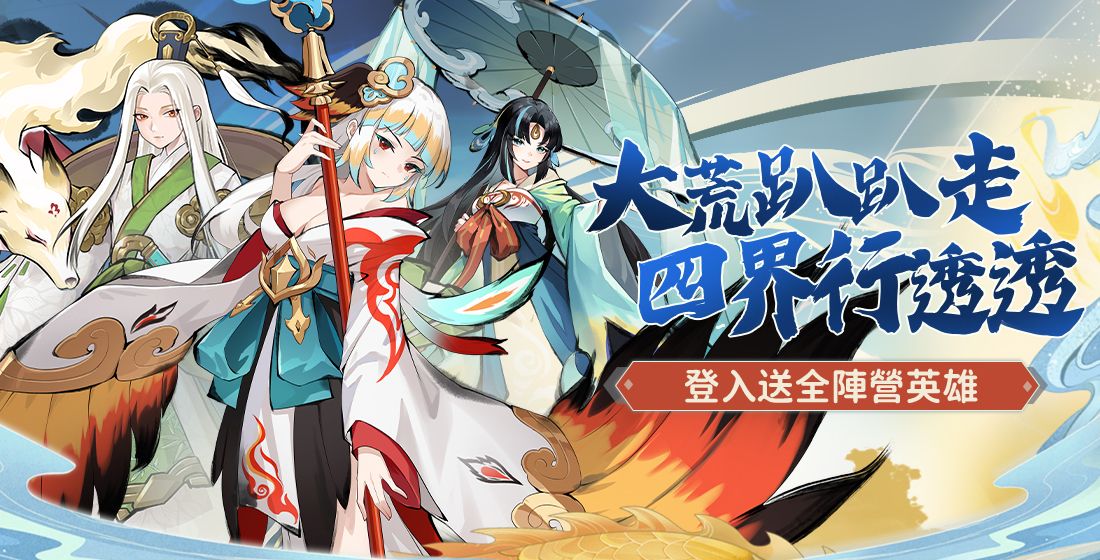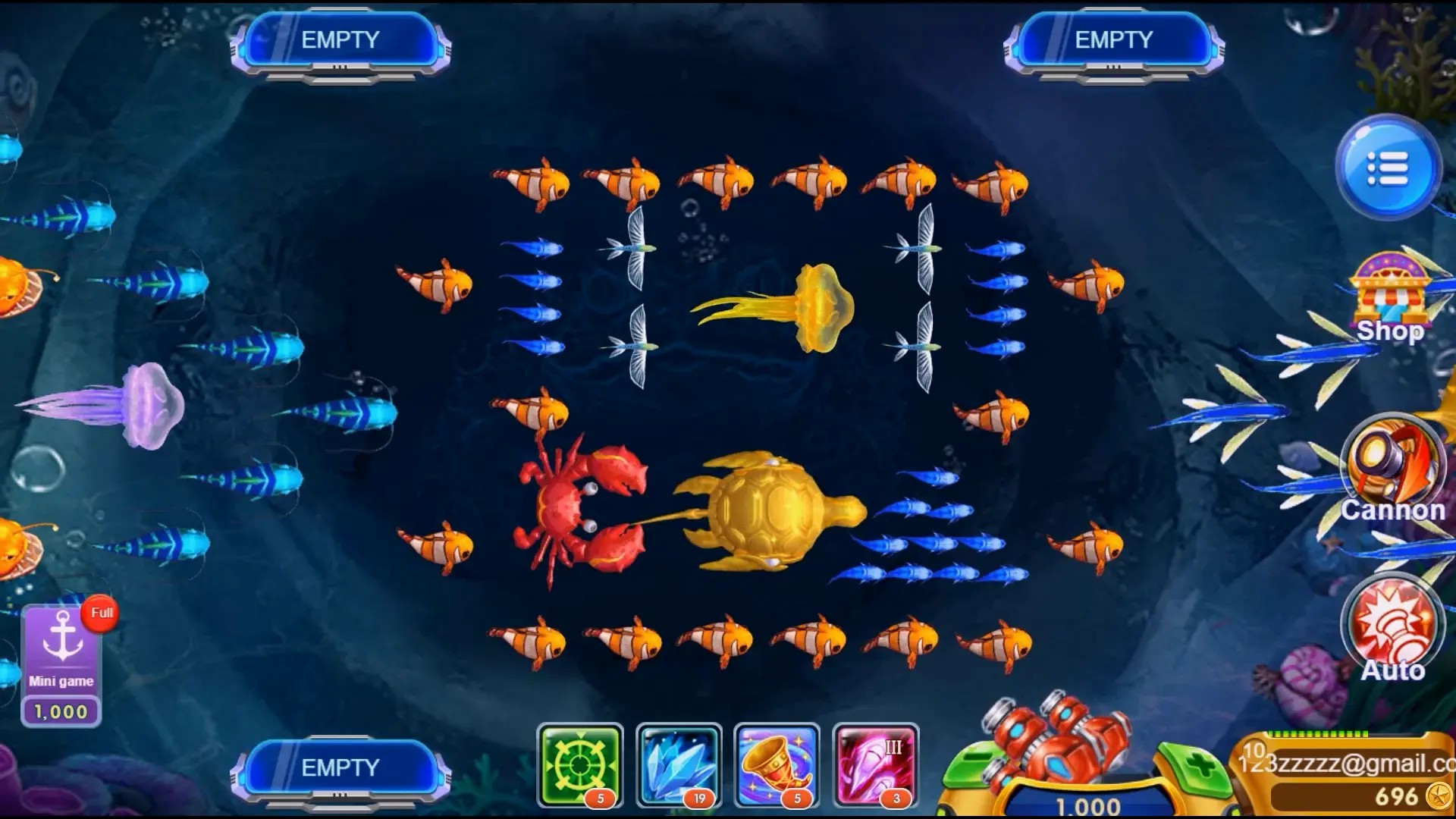Exploring the Rise of Creative Open World Games: A New Era in Interactive Entertainment
In recent years, the gaming landscape has undergone a significant transformation. Particularly, the emergence of creative open world games has captured the attention of both players and developers alike. But what exactly does the rise of these games signify? Are they merely a trend, or are they paving the way for a new era in interactive entertainment?
The Essence of Open World Games
Open world games allow players to explore vast, immersive environments without linear paths or restrictions. This freedom to roam can create a more personalized experience, making each journey unique. Games like GTA V, Breath of the Wild, and others exemplify this genre, offering expansive worlds rich with activities and secrets.
Creative Elements That Reshape Gameplay
What makes a game "creative" in this context? Creative open world games often incorporate innovative mechanics that promote player expression. For instance:
- Player-Driven Storytelling: Players can make choices that directly affect the game world.
- Customizable Characters and Environments: Many games allow players to modify their avatars and surroundings.
- Procedural Generation: This technique creates unique landscapes and quests, ensuring no two experiences are the same.
The Role of Story in Open World Games
One of the most critical aspects of creative open world games is storytelling. Unlike traditional games with predefined plots, open world games provide players the autonomy to influence the narrative. Titles such as Red Dead Redemption 2 and The Witcher 3 excel in creating deep, engaging stories intertwined with player choices.
Emerging Trends in the Open World Genre
As technology evolves, so do the themes and mechanics in open world games. Some prominent trends include:
- Multiplayer Integration: Allowing players to collaborate or compete in a shared space.
- Environmental Storytelling: Using the game world itself to reveal backstories and lore.
- VR Exploration: Virtual reality is taking immersion to another level, offering players a physical sense of presence in these vast worlds.
Why Are Players Drawn to Creative Open World Games?
The allure of these games is palpable. They offer a sense of freedom and discovery, fostering an escape from reality. Players are not just passive observers but active participants in crafting their experiences. This creates a cycle of engagement that is hard to break.
Best Base Strategies in Clash of Clans
Though it might seem out of place, the concept of bases overlaps with open world game mechanics, especially in terms of player strategy and creativity. The best base designs prioritize:
- Defense: Positioning buildings to protect resources.
- Trophy Pushing: Layouts that allow for higher trophy counts.
- Resource Generation: Balancing offensive and defensive structures.
Below is a table showcasing various base designs and their advantages:
| Base Design | Defensive Strength | Resource Protection |
|---|---|---|
| Hybrid Base | Medium | High |
| War Base | High | Medium |
| Farm Base | Low | High |
Good Pixel RPG Games: A Nostalgic Turn
Pixel art games have surged in popularity alongside open world titles. These pixel RPG games often evoke nostalgia and offer unique storytelling. They also emphasize creativity and exploration in compact worlds. Players frequently cite the charm of games like Undertale and Stardew Valley as reasons for their appeal.
Gameplay Mechanics That Promote Creativity
Creative open world games often utilize gameplay mechanics that emphasize player agency. Examples of these mechanics include:
- Building and Crafting: Players can create and customize structures, enhancing their emotional connection to the game.
- Dynamic Events: Interactions that change the game world based on player decisions.
- Exploration Rewards: Hidden items and lore that motivate players to explore every nook and cranny.
The Future of Creative Open World Games
As we look ahead, the potential for creative open world games seems boundless. With advancements in AI, graphics, and player interactivity, the next generation of games could redefine what we expect from interactive entertainment. Could we see fully responsive worlds that react to every player action in real-time?
Conclusion
The rise of creative open world games signifies a shift in player expectations and experiences. With their emphasis on player freedom, storytelling, and immersive gameplay, they offer an escape into worlds limited only by a player's imagination. As this genre continues to evolve, one thing is clear: we are truly entering a new era of interactive entertainment that will engage players like never before.



